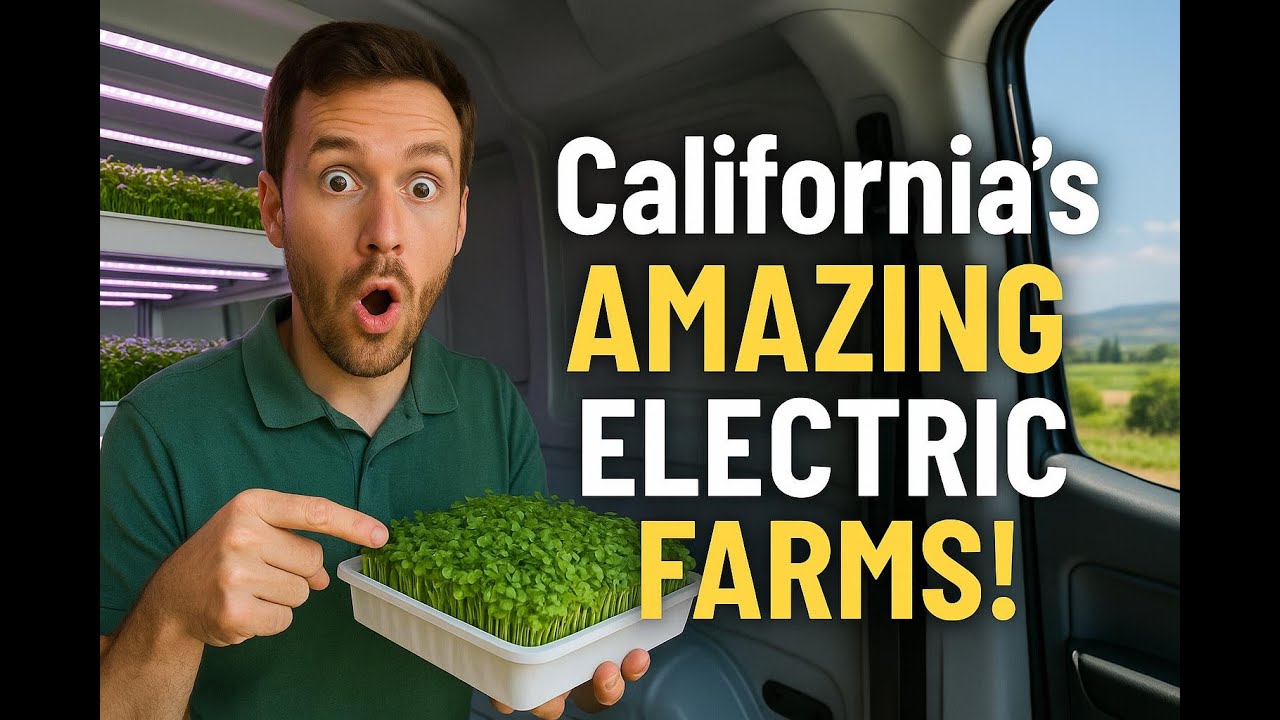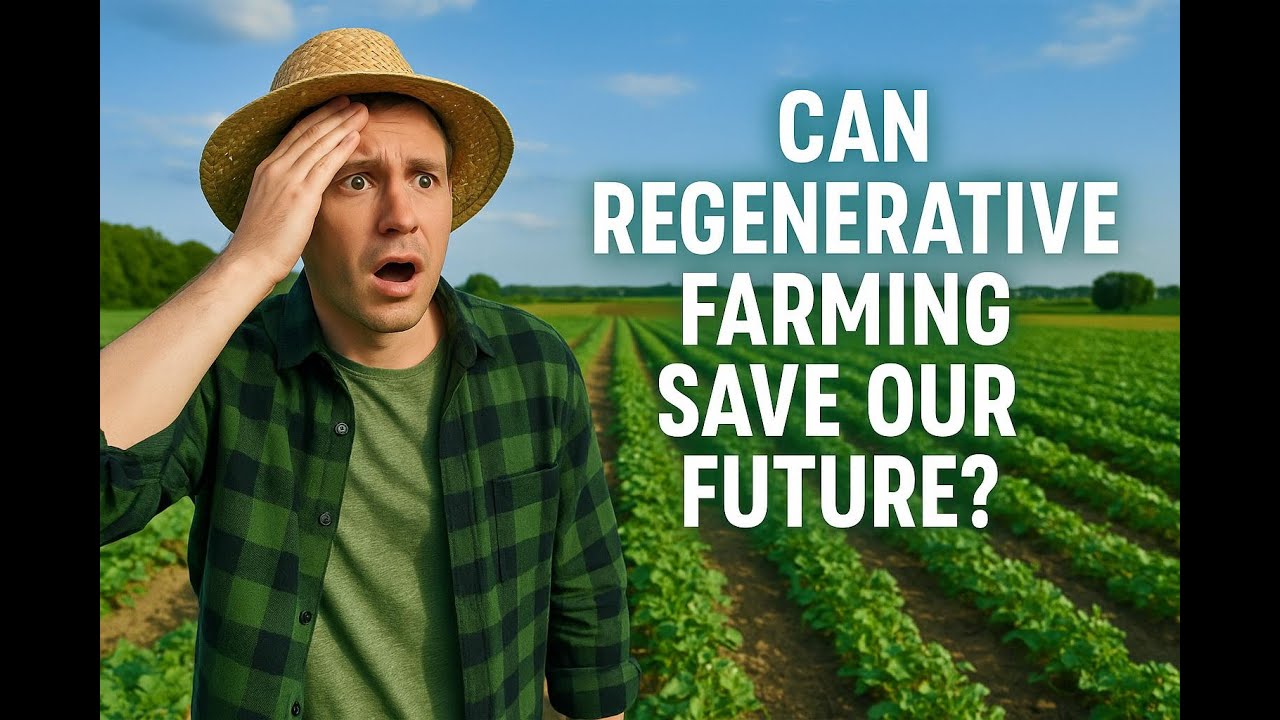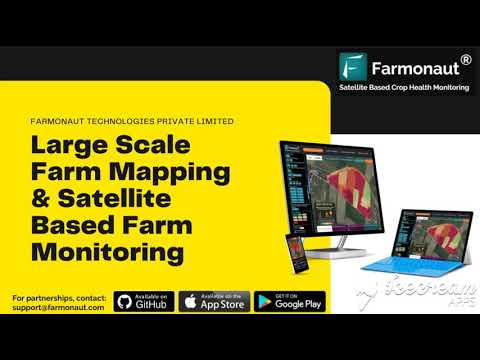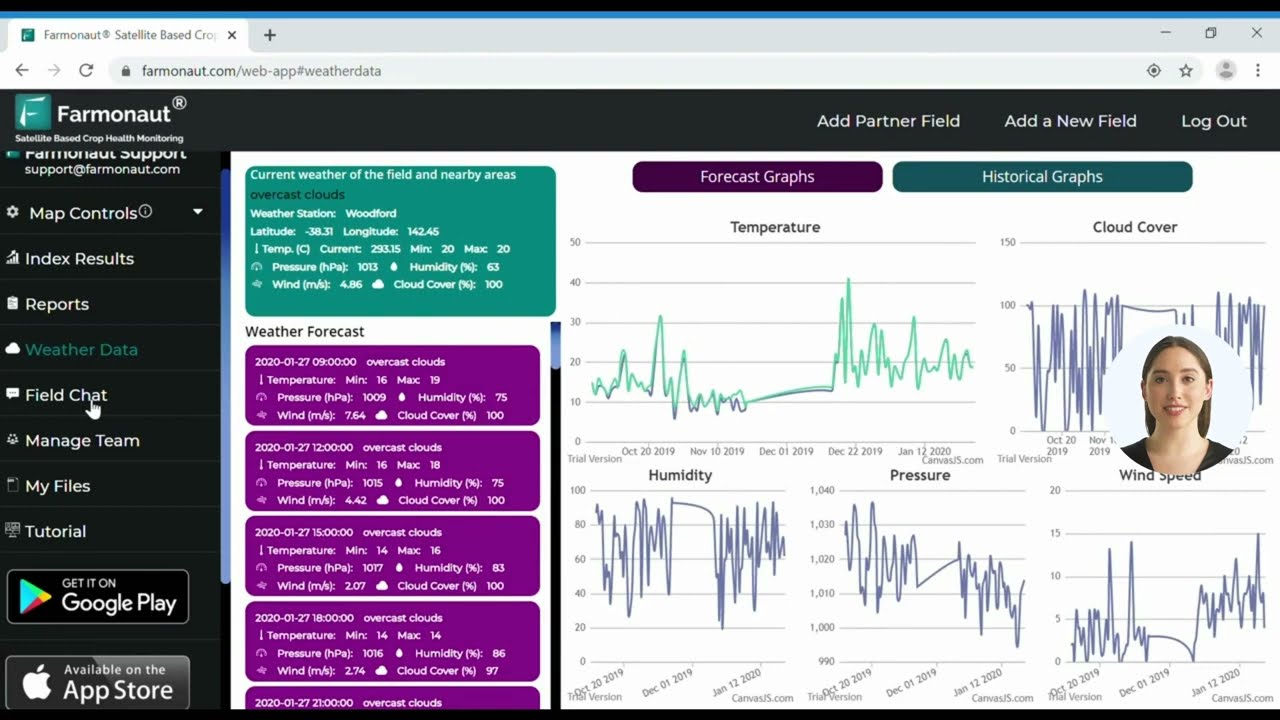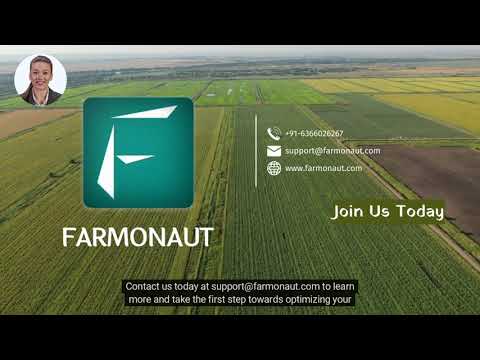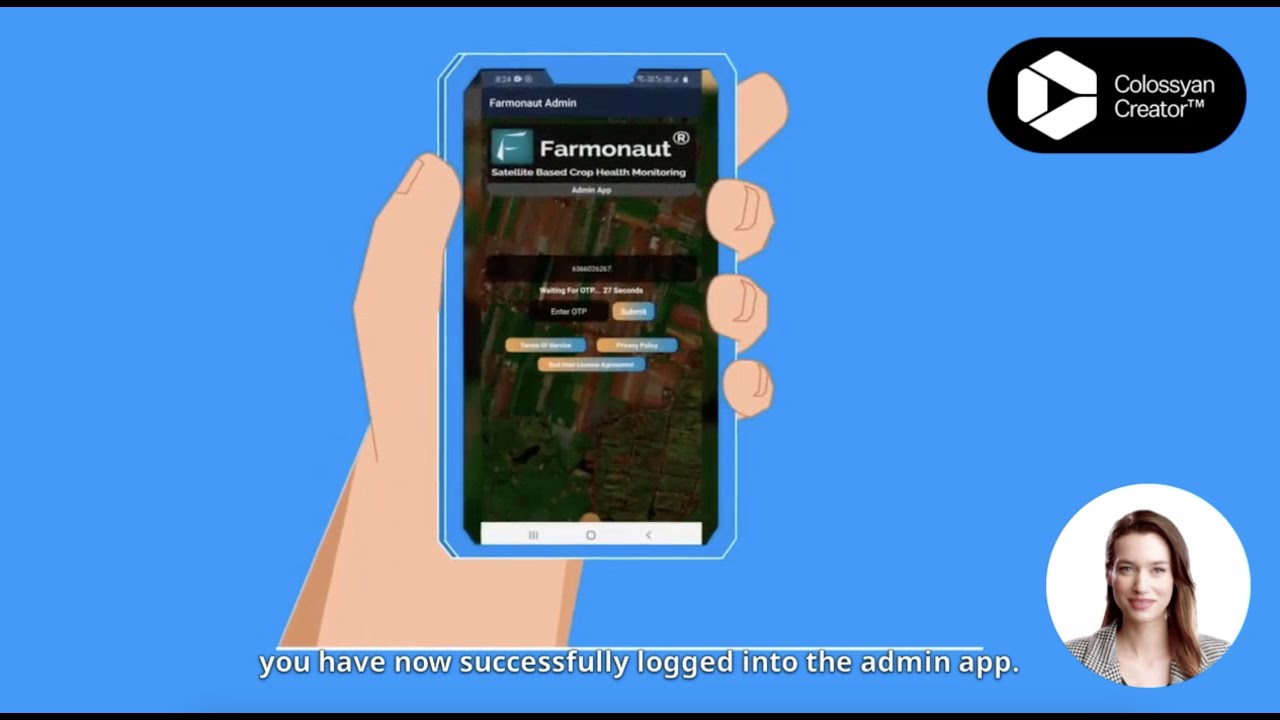Agriculture Freight Transportation: 2025 Trends & Challenges
Meta Description: Discover key 2025 trends & challenges in agriculture freight transportation—explore tech, efficiency, and sustainable supply chain innovations transforming the global food movement.
The Critical Role of Agriculture Freight Transportation in 2025
Agriculture freight transportation remains the linchpin of modern food supply chains, ensuring security, stability, and worldwide food availability. In 2025, agriculture and transportation systems confront rising pressures but also benefit from rapid technological and environmental advancements that transform farming transportation into a highly efficient and sustainable backbone of global food security.
The intersection of transportation agriculture is not just about moving grains, fruits, vegetables, dairy, and livestock from remote farms to bustling urban markets—it’s about maintaining product quality, minimizing waste, and reducing economic shocks for farmers and consumers. In a rapidly changing world nearing 8 billion people, the systems connecting farms, processors, storage centers, hubs, and ultimately retail outlets must be robust, innovative, and adaptable.
The Importance of Agriculture Freight Transportation
Agriculture, as the backbone of global economic stability and food security, would falter without a reliable transportation agriculture network. The role of agriculture freight in 2025 is more critical than ever:
- Timely Movement: Efficient transport prevents spoilage of perishable goods (like fruits, vegetables, dairy, and meat).
- Market Accessibility: Direct access to processors and distribution hubs means more competitive prices for rural farmers and fresher goods for consumers.
- Quality Maintenance: Innovations in transport technology ensure that crops and products retain their quality, supporting farmer incomes and consumer satisfaction.
- Supply Chain Flexibility: Rapid delivery systems prepare markets for supply and demand fluctuations, reducing post-harvest losses and increasing system resilience.
Efficient agriculture freight transportation enables the movement of larger yields than ever before, though without reliable transportation, surplus crops can lead to waste and inefficiency. The challenges are even more pronounced in developing and rural regions where limited access to infrastructure and efficient logistics hinders agricultural growth.
Key Challenges Facing Agriculture Freight Transportation in 2025
Preservation of Product Integrity & Minimizing Waste
The main challenge that confronts agricultural freight systems is preserving product quality—especially for perishable grains, vegetables, dairy, and meat. Cold-chain logistics require temperature-controlled vehicles and storage, but many rural regions still lack sufficient refrigerated infrastructure. As a result, crop spoilage and significant economic losses persist.
Infrastructure Limitations & Rural Accessibility
Poor road conditions, inadequate storage facilities, and congested transport routes hinder the timely movement of agriculture freight. Seasonal variations and climate-related disruptions (like floods or hurricanes) lead to crop delays, loss of value, and increased risk to both farmer incomes and consumer prices.
Impact of Fluctuating Fuel Costs & Environmental Concerns
- Volatility in fuel prices directly affects the operating cost of freight and transport fleets.
- The growing global demand to reduce environmental impact and decarbonize agriculture and transportation intensifies the pressure to adopt more sustainable, cleaner, and efficient solutions.
In addition, policy inconsistencies, limited stakeholder collaboration, and fragmented rural infrastructure make it harder to ensure timely, reliable deliveries—especially as global food demand grows and supply chains become more complex.
Current Landscape & Emerging Innovations (2025)
The 2025 landscape of agriculture freight transportation is rapidly evolving. Increasingly, digital and data-driven solutions, advanced vehicle technologies, and sustainability-focused practices are shaping the movement of raw and processed agricultural goods.
Key industry players are deploying IoT devices for precision monitoring, AI-powered advisory platforms for advanced routing, and blockchain-based supply chain traceability for consumer trust and compliance.
Comparative Trends & Technologies Table: Agriculture Freight Technology Trends 2025
The following table summarizes the principal technologies reshaping agriculture and transportation in 2025 with a focus on sustainability and supply chain efficiency.
| Emerging Technology | Estimated Adoption Rate (2025, % of industry) | Key Sustainability Benefit | Impact on Supply Chain Efficiency (Estimated Impact Score 1-10) |
|---|---|---|---|
| Electric Vehicles (EVs) | 38% | Zero tailpipe emissions, use of renewable energy | 8/10 |
| AI-Powered Route Optimization | 62% | Fuel reduction, decreased carbon footprint | 9/10 |
| Blockchain Tracking | 22% | Transparency, fraud prevention | 7/10 |
| Autonomous Trucks & Drones | 16% | Lower labor & fuel usage; optimized routing | 8/10 |
| Refrigerated Smart Containers | 28% | Reduces food losses and spoilage | 9/10 |
Reference: Data estimates based on industry insights for “agriculture freight technology trends 2025” and “sustainable supply chain innovations.”
Technological Innovations Shaping Agriculture and Transportation
1. Internet of Things (IoT) for Real-Time Tracking
IoT-enabled logistics now allow continuous monitoring of temperature, humidity, and location within freight vehicles. These sensors, embedded in containers or trucks, feed real-time data to central platforms, instantly flagging potential spoilage risks or delivery delays. For perishable food products, this technological leap in farming transportation is game-changing, significantly reducing losses during transit.
2. Artificial Intelligence & Data Analytics
AI-powered routing algorithms in agriculture freight optimize fleet movement, avoid traffic or poor road conditions, and dynamically re-route trucks for on-time delivery of agricultural goods. AI also analyzes seasonal data (rain, yields, market price changes) to optimize the dispatch timing for fields and markets, enhancing the efficiency and impact of agriculture transportation supply chains.
Farmonaut’s platform enables businesses, governments, and individual farmers to access real-time monitoring of fleet and goods using satellite technology, IoT, and AI integrations. Our advanced API [Explore Farmonaut’s Agriculture Freight API] and Developer Docs help streamline logistics, improve safety, and optimize resource usage—making agricultural logistics both efficient and scalable.
3. Autonomous & Electric Vehicles
Electric vehicles (EVs) and hybrid trucks are reducing the sector’s dependency on fossil fuels. These vehicles offer lower maintenance costs and are eligible for government incentives aimed at reducing environmental impact. Moreover, autonomous trucks and delivery drones are becoming a viable option for last-mile delivery in remote regions with challenging road access, ensuring no crop surplus goes undelivered due to infrastructure shortfalls.
4. Blockchain—Traceability & Transparency
Blockchain-powered traceability records every movement and transaction in the agriculture and transportation supply chain. This not only prevents fraud and spoilage but instills consumer confidence. Modern systems are leveraging blockchain to streamline regulatory compliance and reduce paperwork—critical for audit trails, ensuring authenticity, origin verification, and timely recall in case of contamination. Learn more about Farmonaut’s Blockchain Traceability Solution.
5. Smart Containers & Cold Chain Innovations
Perishables like dairy and meat demand smart, refrigerated containers that maintain optimal environmental conditions across vast distances. Today’s smart cold storage monitors and logs key parameters, alerting logistics managers to temperatures out of range, thus preventing costly spoilage and improving market value for crops throughout the year.
6. Data-driven Fleet and Resource Management
Fleet management solutions driven by AI and satellite data help optimize vehicle allocation, route planning, fuel usage, and asset safety. Farmonaut’s Fleet Management Module is designed for businesses seeking to cut costs, enhance reliability, and control carbon footprint across complex agricultural operations.
7. Last-Mile Delivery Drones
In areas where traditional vehicles face road infrastructure limitations, light cargo drones offer a practical, lower-emission alternative for rapid, small-scale delivery. They help rural farmers in developing regions access markets quickly and efficiently, thus expanding economic opportunity and reducing spoilage.
Sustainability in Agriculture Freight Transportation: Policy & Green Practices
Increasing global pressure to reduce agricultural freight emissions prompts policy frameworks supporting modal shifts, cleaner fuels, and carbon footprint monitoring. In 2025, key trends in agriculture freight transportation sustainability include:
- Investment in Green Corridors: Electrified, solar-powered supply routes, especially linking rural food-producing regions to urban markets.
- Switch to Renewable Fuels: Adoption of biofuels, hydrogen, and electricity for vehicles, especially refrigerated and long-haul trucks.
- Carbon Footprinting Regulation: Governments incentivize farms and logistics businesses to monitor and offset their carbon emissions using real-time tracking solutions. Read about Farmonaut’s Carbon Footprinting technology for Agriculture.
- Promoting Rail and Waterway Freight: Shifting some volume from congested roads to lower-emission rails and river routes cuts pollution and increases reliability, especially for bulk grain and long-distance raw crop movement.
- Strengthening Cold Chain Infrastructure: Subsidies and incentives for high-efficiency cold storage in rural areas, minimizing crop losses.
Policy Support for Rural & Developing Regions
Efforts are underway globally to connect remote farming communities with national and export markets through policy-driven infrastructure development. Government grants and private investments are boosting storage capacity, road upgrades, and digital connectivity—all fundamental for a robust farming transportation network.
Stakeholders—from farmers to logistics providers, technology firms, and policymakers—are uniting to improve the efficiency and resiliency of agriculture and transportation systems.
How Farmonaut Supports Sustainable Agriculture Freight Transportation
We at Farmonaut are committed to transforming agriculture freight transportation through cost-effective satellite, AI, and blockchain solutions. Here’s how our technologies empower supply chain efficiency and environmental sustainability in 2025:
- Satellite-Based Monitoring: Our multispectral satellite data delivers real-time insights into field conditions, road status, and crop health—critical for planning routes, timing harvest and shipment, and reducing delays from poor road conditions or unexpected weather.
- AI Advisory System (Jeevn): Jeevn AI analyzes satellite trends, weather, and market data, offering actionable advice to optimize logistics, cut operational costs, and boost yield-to-market value.
- Blockchain Traceability: We help businesses and authorities instill end-to-end trust in their value chains by providing secure, tamper-proof product movement records—improving compliance, transparency, and consumer confidence.
- Fleet & Large Scale Management: Farmonaut provides seamless resource and fleet management via web and mobile apps—allowing farmers, agribusinesses, and administrators to remotely monitor vehicle locations, usage, safety, and overall operational efficiency. Check out Farmonaut’s Large Scale Farm Management App.
- Insurance, Loans, and Financial Access: Our platform supports financial institutions in reliably verifying farmer claims and crop conditions, reducing fraud and streamlining loan/insurance approvals.
- Environmental Impact Tracking: From carbon emissions to water use, we offer granular, region-specific reporting for compliance and sustainability certification.
Start using Farmonaut Web & Mobile App for real-time fleet and farm management or explore advanced fleet tracking solutions.
Affordable, Scalable Solutions for Agriculture, Logistics, and Supply Chain Stakeholders
Whether you’re an individual farmer, a food processing business, a government, or a major logistics coordinator—Farmonaut offers affordable subscription packages tailored for your operational scale and needs.
Explore our web, Android, and iOS platforms or integrate our API for seamless supply chain management:
Outlook: Preparing for the Future of Farming Transportation (Beyond 2025)
Agriculture freight transportation will continue to evolve as new technologies, regulatory frameworks, and market drivers emerge. In the coming decade, expect to see:
- Mass Electrification of freight and farming vehicles powered by decentralized, renewable energy.
- Global Interoperability in blockchain-enabled supply chains for cross-border transparency and compliance.
- AI-Driven Autonomous Fleets significantly reducing human labor costs for routine, long-haul agricultural routes.
- Advanced Carbon Management solutions making sustainability the norm, not the exception.
- Decentralized Storage Hubs bringing cold storage and quality preservation services even to remote villages, supporting economic inclusion for smallholder farmers.
For all supply chain stakeholders, preparing for the new wave of innovations in farming transportation is essential to remain competitive and resilient amid global unpredictability.
Frequently Asked Questions (FAQ): Agriculture Freight Transportation 2025
Q1: What defines efficient agriculture freight transportation in 2025?
Efficient agriculture freight transportation in 2025 integrates real-time monitoring, smart routing, sustainable vehicles, and advanced storage. Technologies like IoT, AI, electric vehicles, and blockchain are making agricultural supply chains more transparent, efficient, and eco-friendly.
Q2: How does Farmonaut help agriculture freight stakeholders?
We provide satellite-powered monitoring, AI-based advisory, resource management, blockchain traceability, and carbon footprint tracking to optimize the entire agriculture and transportation value chain—making operations scalable and sustainable for farmers, logistics businesses, and policymakers.
Q3: Why are cold chains crucial for perishable food goods?
Cold chains prevent spoilage and loss of value by maintaining optimal temperatures for fresh produce, dairy, meat, and similar goods during transit and storage. Modern smart cold chain systems further minimize waste by providing alerts for deviations.
Q4: Are blockchain solutions widely adopted in rural regions?
Adoption is growing, driven by easier mobile integration and government/industry incentives. Blockchain transparency is becoming an essential feature for supply chain compliance, especially for exporters and buyers demanding full traceability.
Q5: What sustainability trends will shape agricultural transportation beyond 2025?
Expect rapid adoption of electric vehicles, renewable fuels, AI automation, digital documentation, cross-industry supply chain platforms, and universal environmental monitoring regulations.
Conclusion: Agriculture Freight Transportation—The Road to 2025 and Beyond
Agriculture freight transportation in 2025 is more than a logistical challenge—it’s an arena for innovation, sustainability, and collaboration that underpins global food security, economic stability, and market access for rural producers. As population pressures intensify and consumer expectations evolve, only those prepared to embrace new technologies, robust infrastructure, and efficient, eco-conscious practices will thrive.
With Farmonaut’s comprehensive, scalable, and affordable satellite solutions, agriculture and transportation stakeholders are already unlocking unprecedented efficiencies in food movement, storage, and resource management. From AI-driven advisory to blockchain traceability and environmental tracking, the future of agricultural supply chains is transparent, data-driven, and resilient.
By prioritizing efficient freight logistics, sustainability, and stakeholder empowerment, the world’s food systems can reduce losses, curb emissions, and feed billions—safeguarding livelihoods and ecosystems for generations to come.






